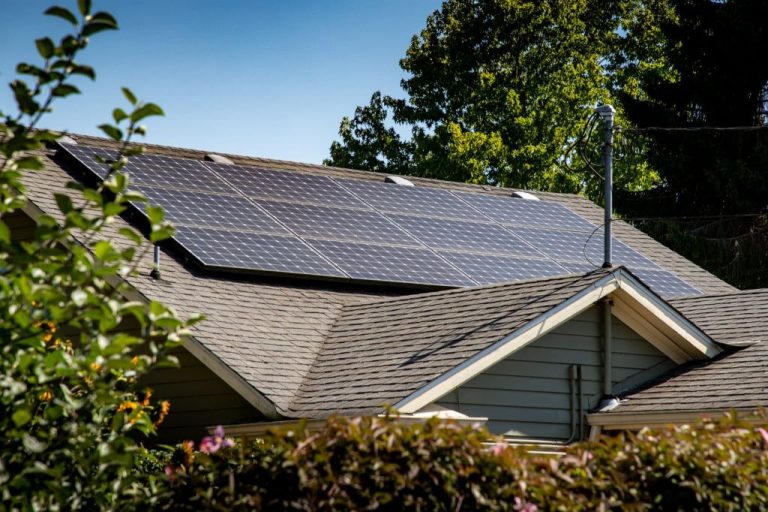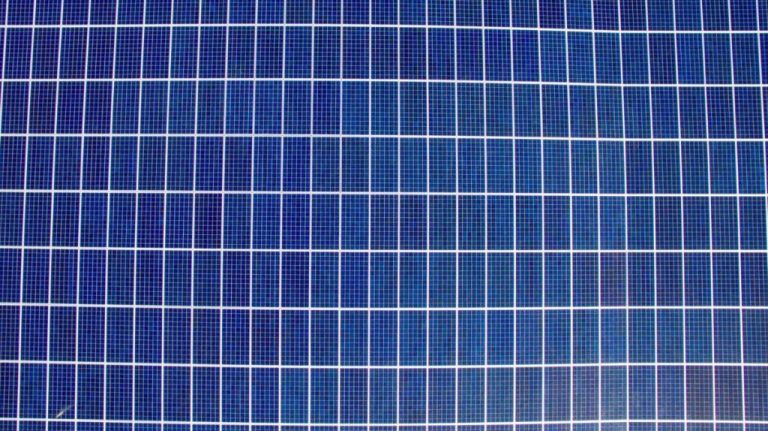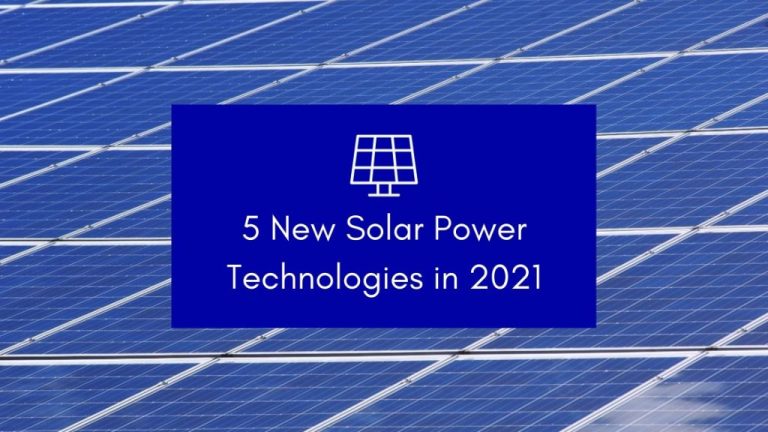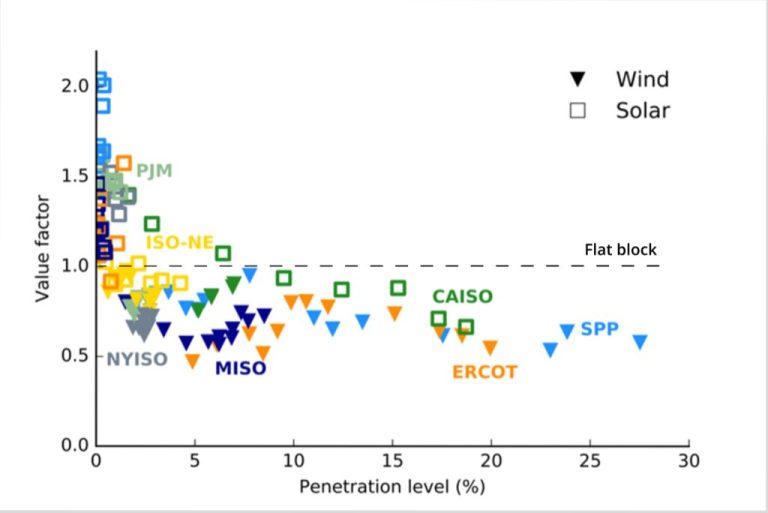How Solar Panels Work?
Solar panels are devices that convert sunlight into electricity using the photovoltaic effect. The purpose of solar panels is to harness the sun’s energy as a renewable source of electricity to power homes, buildings, and the electric grid. At a high level, solar panels work by absorbing photons from sunlight and converting them into an electric current using semiconducting materials like silicon.
Solar Cell Basics
A solar cell is the basic building block of a solar panel. It is made up of layers of semiconductor material, usually silicon. When sunlight shines on a solar cell, the photons (light particles) in the sunlight are absorbed by the semiconductor material, causing electrons to be freed from the atoms in the material. This process, called the photoelectric effect, generates an electric current as the freed electrons flow through the semiconductor and can be captured as electricity (Source).
Specifically, the photons hit the upper surface of the solar cell, called the anti-reflective coating. This allows the maximum amount of sunlight to penetrate the cell. The photons then enter the N-type layer which contains free electrons. The photons crash into these electrons, energizing them to move from the N-type layer into the P-type layer. The shift of electrons from the N-type to P-type layer creates positively charged “holes” which flow in the opposite direction, creating an electric field across the solar cell. The electrons want to unite with the holes again, but can only do so by flowing through an external circuit, which harnesses the electrons to power devices (Source).
Solar Panel Construction
Solar panels are made up of several key components that work together to convert sunlight into electricity. The main components are:
- Solar cells – These are made of semiconductor materials like silicon that absorb sunlight and convert it into electricity. Many individual solar cells are connected together and sealed between two layers of glass or plastic.
- Glass surface – The top layer is made of specialized glass that allows sunlight to pass through while protecting the solar cells underneath. This glass has an anti-reflective coating to maximize light absorption.
- Encapsulant – This seals and bonds the solar cells between the glass and the backing. It protects the cells from corrosion and impact damage.
- Backing – The rear layer provides structural support, weather protection, and electrical insulation for the solar cells. It is often made of plastic or another lightweight material.
- Frame – An aluminum frame provides additional structural support and allows the solar panel to be mounted. The glass, encapsulant, solar cells, and backing are all housed within the frame.
Understanding the different components helps explain how solar panels are engineered to efficiently capture and convert sunlight into clean electricity.
Sources:
https://www.energysage.com/solar/what-are-solar-panels-made-of-list-of-solar-pv-materials/
Connecting Solar Panels
Solar panels are usually wired together in series to form strings. The positive terminal of one panel is connected to the negative terminal of the next panel to add up their voltages. For a typical grid-tied residential system with a string inverter, solar panels are wired in series to produce a string voltage that matches the inverter’s ideal DC input voltage, which is typically 300-600V.
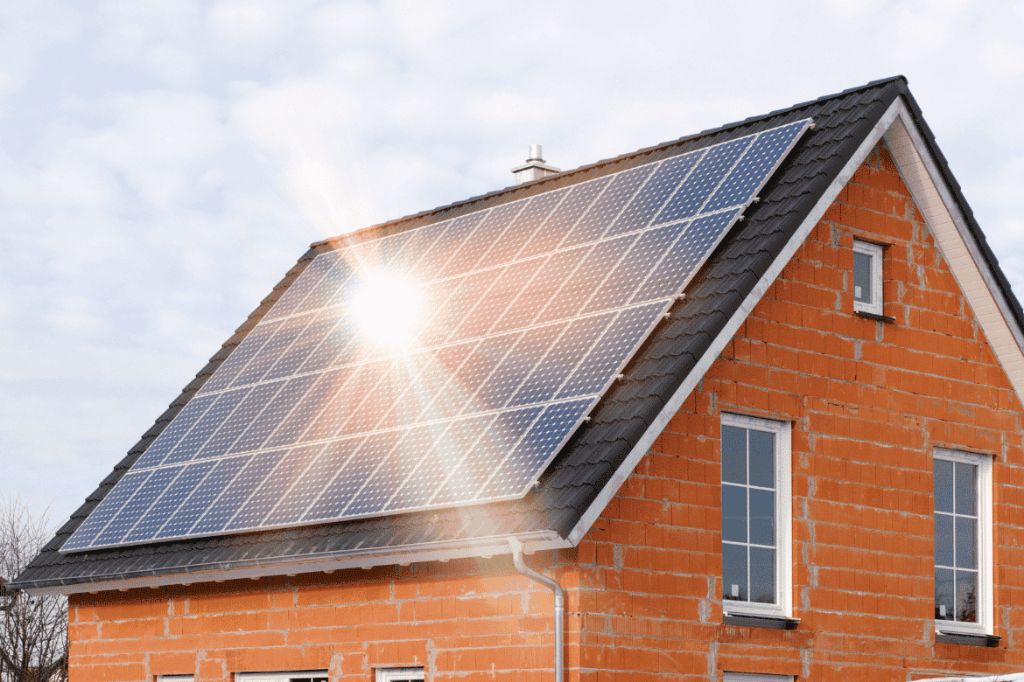
The solar panel strings are then connected in parallel to combine their currents and achieve the desired system power output. Parallel strings are combined at a junction box and the combined power is fed to the inverter through a single cable. The inverter converts the DC power to AC and connects to the home electrical panel to power the home loads.[1]
For off-grid systems, solar panels are wired based on the battery bank voltage, which is commonly 12V or 24V. Panels are wired in series to achieve the battery bank voltage and multiple strings are connected in parallel. Charge controllers are used to regulate the charging and discharging of the batteries.
Inverters
Solar panels generate direct current (DC) electricity, but our homes and the grid operate on alternating current (AC) electricity. An inverter is needed to convert the DC output of solar panels into usable AC electricity. Inverters play a critical role in any solar energy system.
Inverters convert DC into AC by using a high frequency switching process to alternate the direction of current flow. Most inverters also regulate the voltage and frequency output, which is important for safety and compatibility with appliances. Grid-connected inverters synchronize the phase and frequency of the current to match the grid. Off-grid inverters like those in RVs can create AC independently. Some large solar farms have central inverters, while smaller residential systems have microinverters at each panel.
Advanced solar inverters also maximize energy harvest through features like maximum power point tracking (MPPT). MPPT algorithms continuously sample voltage and current to determine the optimum operating point, helping to capture the most energy available from the solar array.
High quality inverters from reputable brands are important for efficiency, reliability, and safety. According to Axia Solar USA (https://axiasolarusa.com/), key inverter features to look for include good warranties, UL certification, integrated monitoring, and superior MPPT technology.
MPPT
Maximum power point tracking (MPPT) is a feature of advanced solar panels that helps maximize their energy production. MPPT monitors the solar panel’s voltage and current to determine the optimal operating point that yields the most power.
As the sunlight intensity and temperature change throughout the day, the optimal voltage and current operating point can shift. Without MPPT, a solar panel may not operate at its peak power point at all times. However, an MPPT charge controller continuously tracks the peak power point and adjusts the electrical load characteristics to allow the solar panel to operate at its maximum power point.
By optimizing the load presented to the solar panel, MPPT can allow the solar panel to produce 15-30% more power than without MPPT. This allows an MPPT solar panel system to maximize energy yield for a given capacity. MPPT is an important innovation that enables solar panels to maximize the valuable energy produced from sunlight. Most modern solar panels designed for residential and commercial installations now include MPPT optimization.
Citations:
Sakopower. (2022, August 29). Harnessing the power of the sun: Why choosing an MPPT solar panel from SAKO is the right choice. https://sakopower.com/harnessing-the-power-of-the-sun-why-choosing-an-mppt-solar-panel-from-sako-is-the-right-choice.html
Installation
Installing solar panels on a home or building requires careful planning and execution to ensure the system operates efficiently and safely for years to come. The installation process generally involves assessing the site, mounting the panels, connecting wiring, and integrating with the existing electrical system.
The roof is the most common placement for solar panels on homes. Installers will inspect the roof to determine if it can structurally support the weight of the panels and if it has adequate sun exposure throughout the day. They will map out the layout to maximize energy production and minimize shading from trees or other buildings. Panels are typically mounted on rafters or installed using racking systems anchored into the roof surface.https://www.anker.com/blogs/solar/how-to-install-solar-panels-on-home-roof
Wiring connects the solar panels together in a circuit and routes the electricity safely down to the inverter and electrical panel. Installers conceal wires under roof shingles or route through attic space. Properly securing and labeling wires is crucial for safety and maintaining system performance. The system then integrates with the home’s electrical panel and utility grid via a net meter for seamless operation.
A solar installation takes 1-3 days with 2-3 trained technicians. Proper permitting and inspections by local authorities ensure the system meets all codes and regulations. Once installed, solar panels require minimal maintenance beyond occasional cleaning and can provide clean power for decades.
Maintenance
Regular maintenance is important to keep solar panels operating efficiently. Solar panels need periodic cleaning and inspection to remove dirt, dust, snow, bird droppings, and other debris that can accumulate on the panels and block sunlight.1 It’s recommended to inspect solar panels at least twice a year and clean as needed.
To clean solar panels, you can use a soft brush and mild soap and water to gently wipe down the panels. Avoid abrasive cleaners or brushes that could scratch the panels. You may need to use a telescoping pole to reach high mounted panels. Rinse the panels thoroughly after cleaning. The optimal times to clean are during the cooler times of the day when the panels are not in direct sunlight.2
During inspections, check for any damage to the panels, loose connections or wiring issues. Also trim back any nearby trees or vegetation that may be shading the solar panels. Proper maintenance helps solar panels work as efficiently as possible to maximize energy production.
Efficiency
The efficiency of solar panels has steadily improved over time. According to a report by ReportLinker, “Solar Panel Efficiency Trends,” the average efficiency of commercially available solar panels improved from 15% in the mid-2000s to over 22% by 2020. Some factors driving these improvements include advancements in PV cell technology, increased investment in R&D, and economies of scale in manufacturing.
Efficiency is a measure of how much of the sun’s energy striking a solar panel is converted into usable electricity. There are some key factors that impact the efficiency of a solar panel:
- PV cell technology – Monocrystalline silicon cells are the most efficient at 22-27%, polycrystalline silicon 15-22%, and thin film around 15%.
- Temperature – Solar panels become less efficient as temperature increases. Cooling systems can help improve efficiency.
- Age – Efficiency degrades slightly over time, typically 0.5-1% per year as materials degrade.
- Shading – Any shading blocks light and reduces output and efficiency.
- Snow – Buildup of snow can cover panels and reduce efficiency.
Understanding these factors that impact solar panel efficiency can help guide decisions on which PV technology to use, proper installation and cooling, and ongoing maintenance.
Future Outlook
The future looks bright for solar panel technology and adoption. Experts predict the solar industry will continue its rapid growth in the coming years. According to one report, global solar photovoltaic capacity is expected to reach over 5,000 gigawatts by 2030, a fivefold increase from 2020 levels.1 Driving this growth is the continuing fall in solar panel prices combined with increased efficiency of solar modules. Innovations on the horizon will further accelerate the energy transition.
Several emerging solar technologies have potential to dramatically improve efficiency. Perovskite solar cells, for example, are thin, lightweight, and flexible cells that can reach efficiencies over 25%. Combining perovskites with traditional silicon cells in tandem configurations could push efficiencies close to 40%. Solar windows that generate electricity from glass are also on the horizon.2 With proven reliability, solar windows could turn skyscrapers into vertical power plants.
Widespread solar adoption provides enormous environmental benefits. Solar energy produces no air pollution, greenhouse gases, or radioactive waste. According to the EPA, a typical 5 kW residential solar system in the U.S. offsets over 4 tons of carbon dioxide per year.3 Greater reliance on solar energy will help mitigate climate change and build a sustainable energy future.

